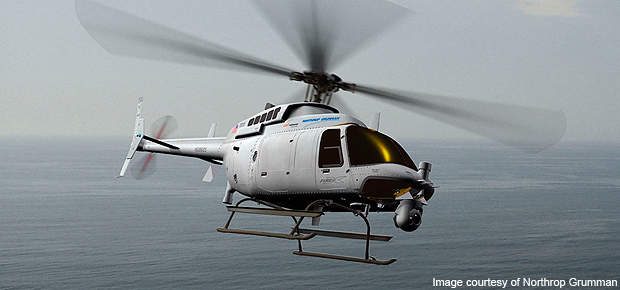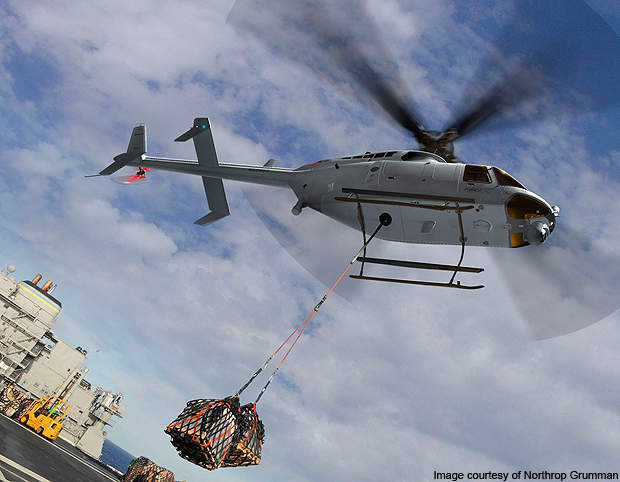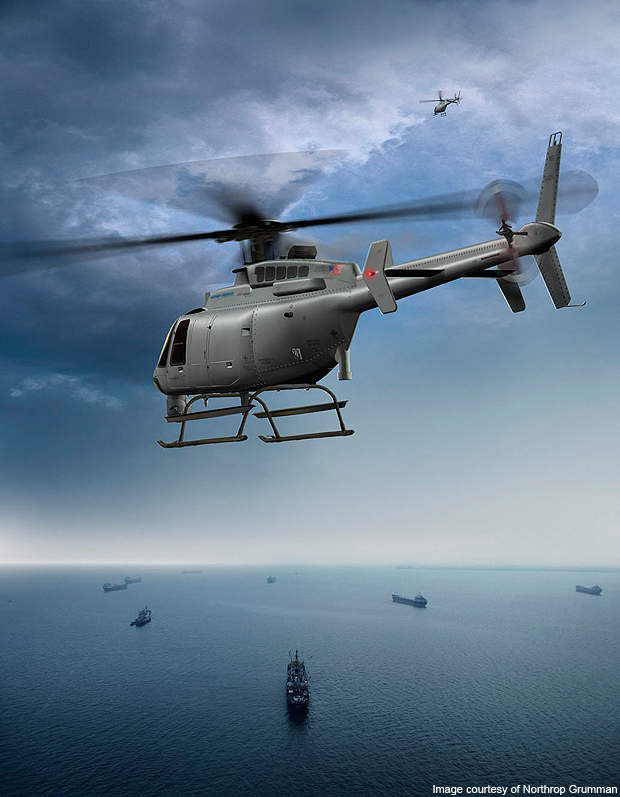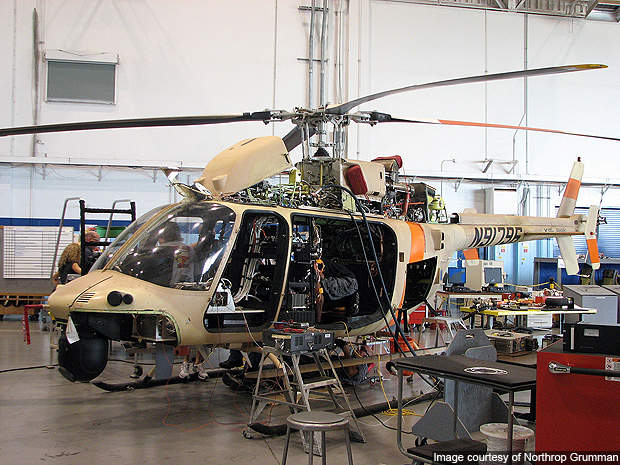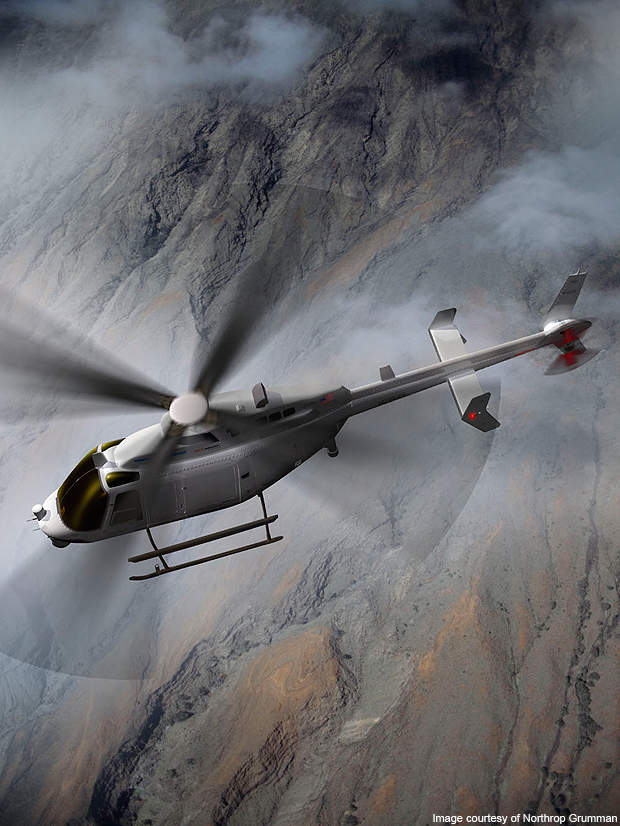Northrop Grumman and Bell Helicopter launched a new medium-range, vertical unmanned aerial system (VUAS) in May 2010 for warfare in the US. The VUAS, called Fire-X, is currently in the final integration and testing phase. It can be used for the battlefield ISR, communications and cargo mission requirements of sea and land forces.
The Fire-X VUAS is a tactical unmanned cargo variant of the Federal Aviation Administration (FAA) certified Bell 407 civil utility helicopter, which has been in service since 1996. The aircraft will have vertical take-off and landing (VTOL). The unmanned air vehicle system is designed to haul cargo over long distances to remote locations for military missions. The cargo can be carried either internally or externally or in combination loads.
With the persistent ship-based unmanned aircraft system (PSB UAS) programme, the US Navy aims to install the VUAS on several classes of ship by 2016. Bell Helicopter and Northrop Grumman are entirely funding the development and demonstration programme.
Fire-X unmanned helicopter design
The Fire-X system has the rugged airframe of the Bell 407. It is an autonomous VUAS with four blades and a single engine. The unmanned helicopter incorporates the extended payload, range and cargo ferrying capabilities of the Bell 407. It also has the same autonomous control systems as the MQ-8B Fire Scout UAV, also developed by Northrop Grumman. It equips intelligence, surveillance and reconnaissance (ISR) sensors and several communications systems.
The Fire Scout’s modular and field-proven architecture will allow the VUAS to participate in reconnaissance, surveillance and target acquisition missions. The flight of the VUAS is being designed to integrate the operation with multiple control segments.
It can be operated from all future military standards-based control systems including the Navy’s tactical control station (TCS) and the US Army’s One System ground control station.
Fire-X VUAS development
The Fire-X aircraft is currently being integrated at the Xworx rapid prototyping facility operated by Bell Helicopter in Fort Worth, Texas. The modification of the commercial Bell 407 from piloted to unmanned aircraft took four months.
The Fire-X vehicle configuration has new avionics and wire harnesses rather than seats and sound insulation. External power was applied to the system for the first time on 17 September 2010. The wire harnesses of the VUAS were proved successful in delivering electricity to the main computers, actuators and related subsystems in the first power-on stage. Bell Helicopter, the wholly owned subsidiary of Textron, is responsible for wire harness production, test and installation.
When the integration is complete, the Northrop Grumman and Bell Helicopter team will conduct ground and engine testing. The preliminary flight tests on the air vehicle will be undertaken in a manned or optionally piloted configuration. The tests at Fort Worth will validate the guidance, navigation and control functions (GNC) of the helicopter. It will then be converted into an unmanned aircraft. The final testing will be conducted at the US Army’s Yuma Proving Ground in Arizona before the first flight in an unmanned configuration.
Features and performance
The Fire-X medium-range VUAS has a gross take-off weight of 6,000lbs. The modular architecture will enable the Fire-X to support integration and deployment of several advanced payloads.
They include synthetic aperture radar (SAR), electro-optical / infra-red (EO/IR) sensors, communications relay, signals intelligence (SIGINT), electronic intelligence (ELINT) and multi-intelligence (multi-INT) payloads.
The aircraft is powered by a Rolls-Royce 250-C47B engine with full authority digital electronic control (FADEC) with auxiliary fuel tanks inside the cabin. The aircraft has a speed of 133kt.
The Fire-X can carry fuel or cargo re-supply loads of about 2,600lbs sling load. It has a typical payload of 1,250lbs and a maximum payload of up to 3,000lbs. The VUAS has an endurance of up to 16 hours and a range of 110 nautical miles.

